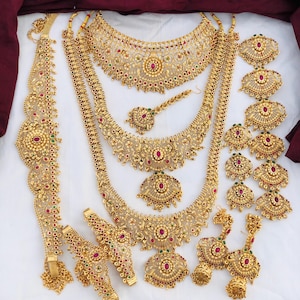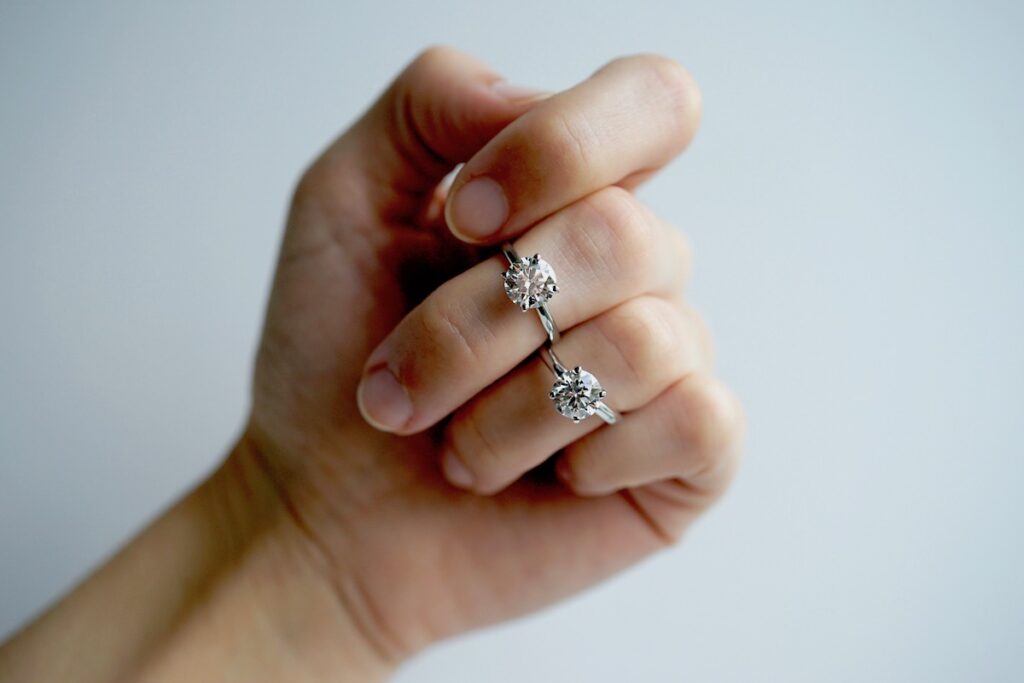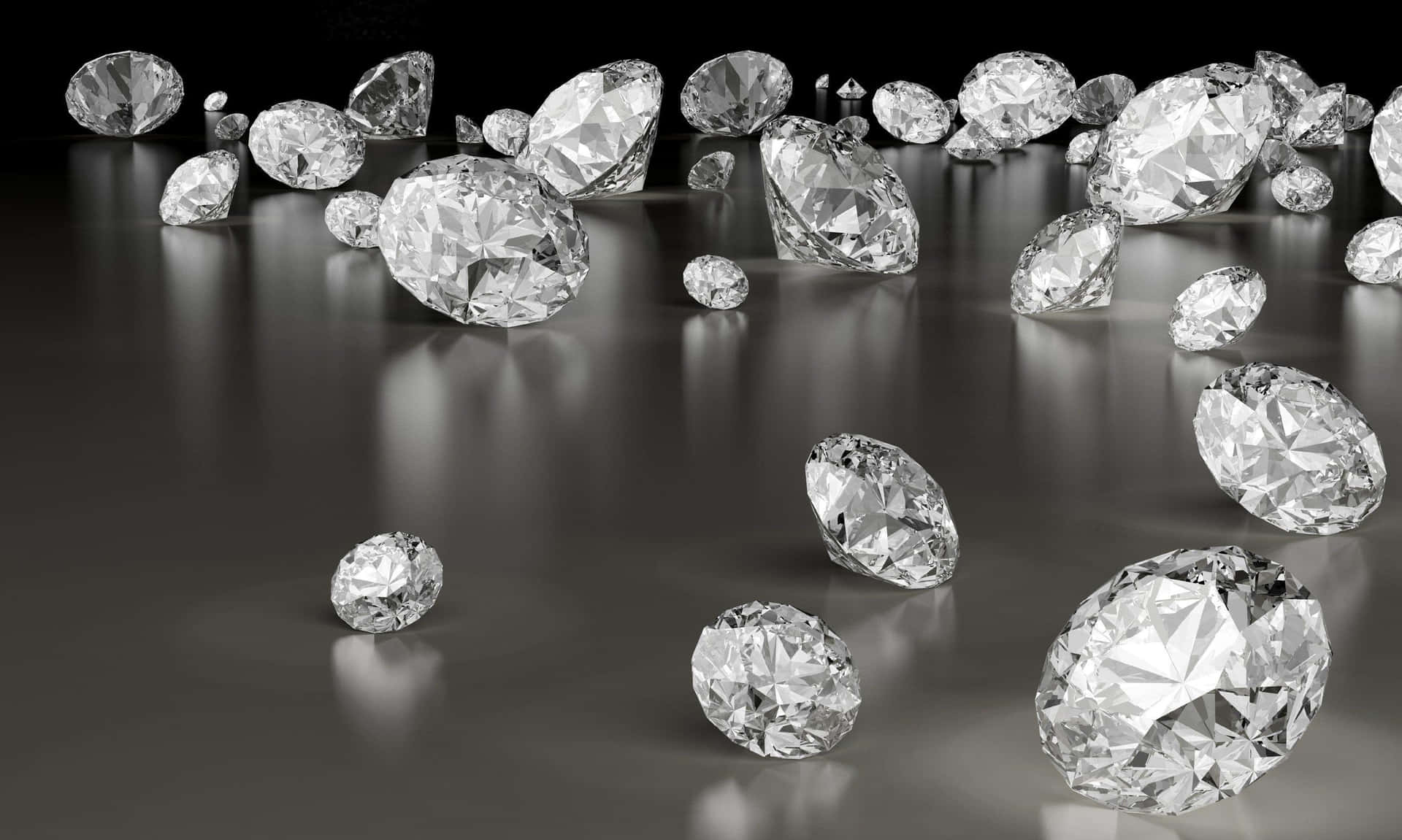Table of Contents
Introduction
Lab diamonds have been gaining traction in recent years as an ethical and sustainable alternative to mined diamonds. But what exactly are lab diamonds, and how do they fit into various cultural contexts around the world?
What are Lab Diamonds?
Before we delve into their cultural significance, let’s understand what lab diamonds are. Lab diamonds, also known as synthetic or cultured diamonds, are created in controlled laboratory environments that mimic the natural conditions under which diamonds form in the earth’s mantle. These diamonds have the same chemical composition, crystal structure, and physical properties as natural diamonds.
Benefits of Lab Diamonds
Ethical Considerations
One of the primary benefits of cultures and lab diamonds is their ethical sourcing. Unlike mined diamonds, which are often associated with unethical practices such as forced labor and environmental destruction, lab diamonds are produced without any human rights abuses.
Environmental Impact
Furthermore, lab diamonds have a significantly lower environmental footprint compared to mined diamonds. The process of diamond mining involves extensive land excavation, habitat destruction, and carbon emissions. In contrast, lab-grown diamonds require minimal land use and have a lower carbon footprint.
Cost-effectiveness
Another advantage of lab diamonds is their cost-effectiveness. Since they are produced in a controlled environment, the production costs of lab diamonds are generally lower than those of mined diamonds, making them a more affordable option for consumers.
Cultural Perspectives on Lab Diamonds
Historical Context
Diamonds have held significant cultural importance throughout history, symbolizing wealth, power, and love in various civilizations. However, the traditional diamond industry has been marred by issues such as conflict diamonds, which are mined in war zones and sold to finance armed conflict.
Contemporary Trends
In recent years, there has been a shift towards more ethical and sustainable alternatives to traditional diamonds, leading to the rise of lab-grown diamonds. These diamonds appeal to consumers who are conscious of the social and environmental impact of their purchasing decisions.
Cultural Symbolism of Diamonds
Traditional Significance
In many cultures, diamonds are associated with purity, strength, and everlasting love, making them a popular choice for engagement rings and wedding bands. The tradition of giving diamond jewelry as a symbol of commitment dates back centuries and continues to be prevalent in modern society.
Modern Interpretations
With the emergence of lab created diamonds, the symbolism associated with diamonds is evolving. Lab diamonds are not only symbols of love and commitment but also of ethical values and environmental responsibility. As more people become aware of the ethical issues surrounding mined diamonds, lab-grown diamonds are becoming increasingly popular as a conscious choice.
Incorporating Lab Diamonds into Cultural Traditions
Engagement Rings and Marriage Customs
The tradition of exchanging diamond engagement rings dates back to the 15th century when Archduke Maximilian of Austria gave a diamond ring to Mary of Burgundy as a token of his love. Today, diamond engagement rings are a staple in Western culture and are increasingly being replaced with lab-grown diamonds due to their ethical and sustainable credentials.
Jewelry in Cultural Celebrations
In addition to engagement rings, diamonds are also used in various cultural celebrations and rituals around the world. From traditional Indian weddings to Chinese New Year festivities, diamond jewelry holds significant cultural and symbolic value in many societies.
Challenges and Misconceptions
Perceived Value
One of the challenges facing the lab-grown diamond industry is the perception of value. Some consumers still believe that natural diamonds are inherently more valuable and desirable than lab-grown diamonds, despite evidence to the contrary.
Authenticity Concerns
There are also concerns about the authenticity of lab-grown diamonds and their ability to be distinguished from natural diamonds. However, advancements in technology have made it increasingly difficult to detect the difference between lab-grown and natural diamonds, ensuring that consumers can purchase with confidence.
The Future of Lab Diamonds in Culture
Shifting Perspectives
As awareness of the ethical and environmental issues surrounding mined diamonds continues to grow, we can expect to see a further shift towards lab-grown diamonds in cultural practices and traditions. Lab diamonds offer a sustainable and ethical alternative without compromising on quality or beauty.
Innovations in Design and Technology
Advancements in diamond-growing technology are enabling designers to create unique and innovative jewelry pieces using lab-grown diamonds. From intricate engagement rings to statement necklaces, the possibilities are endless when it comes to incorporating lab-grown diamonds into cultural traditions.
Conclusion
In conclusion, lab diamonds are not only revolutionizing the jewelry industry but also reshaping cultural perceptions of diamonds. With their ethical sourcing, environmental sustainability, and cost-effectiveness, lab-grown diamonds are paving the way for a more conscious and socially responsible approach to diamond consumption.












